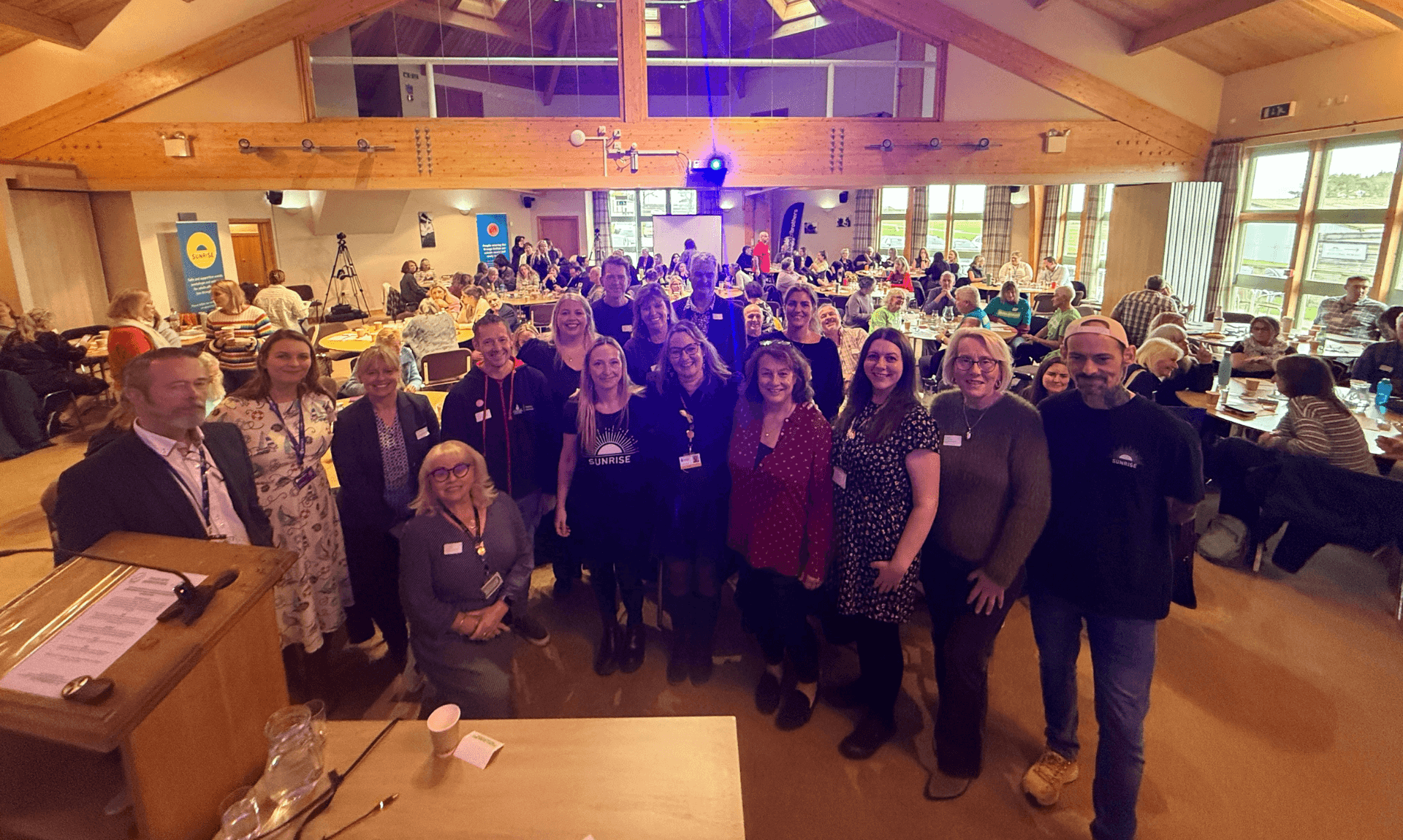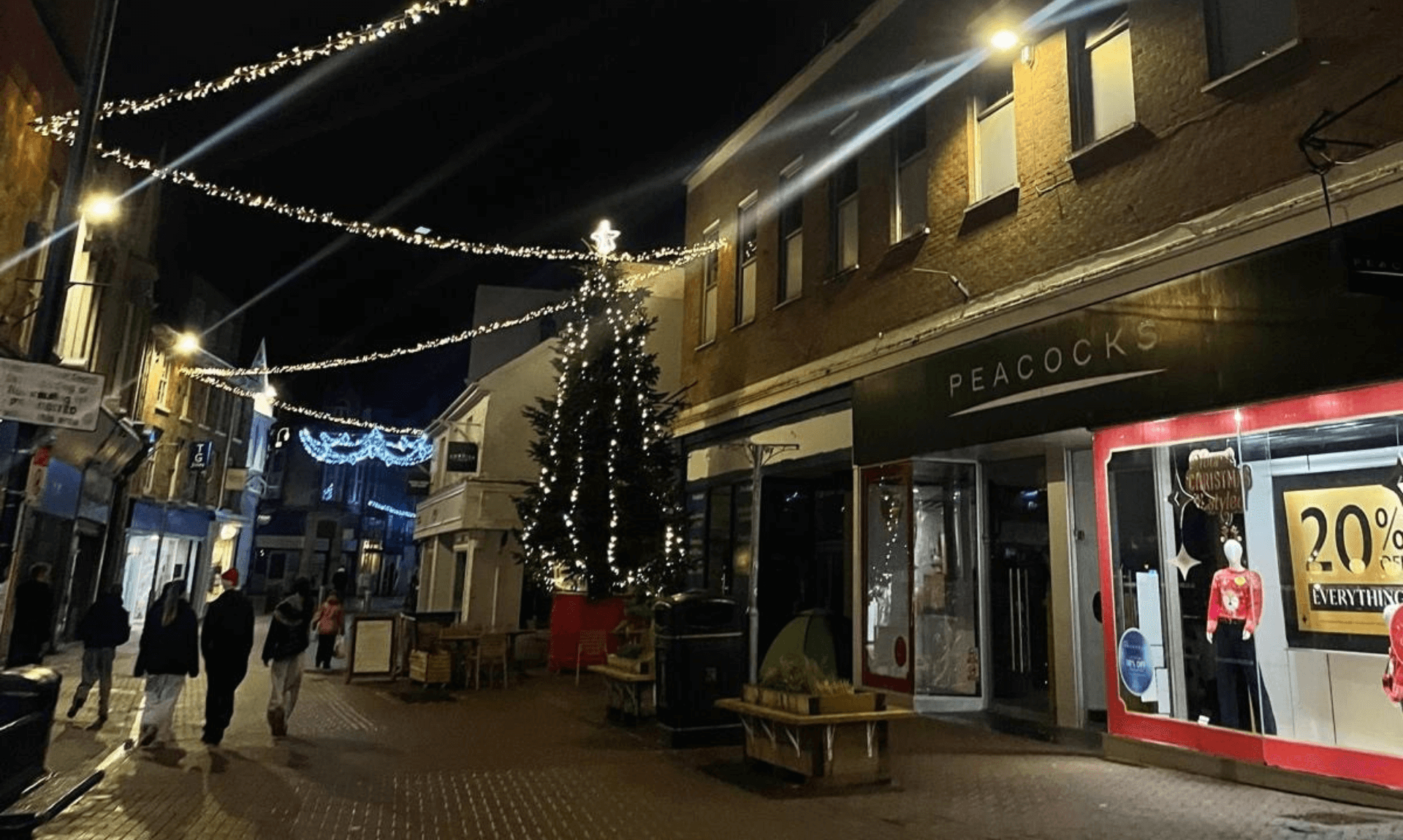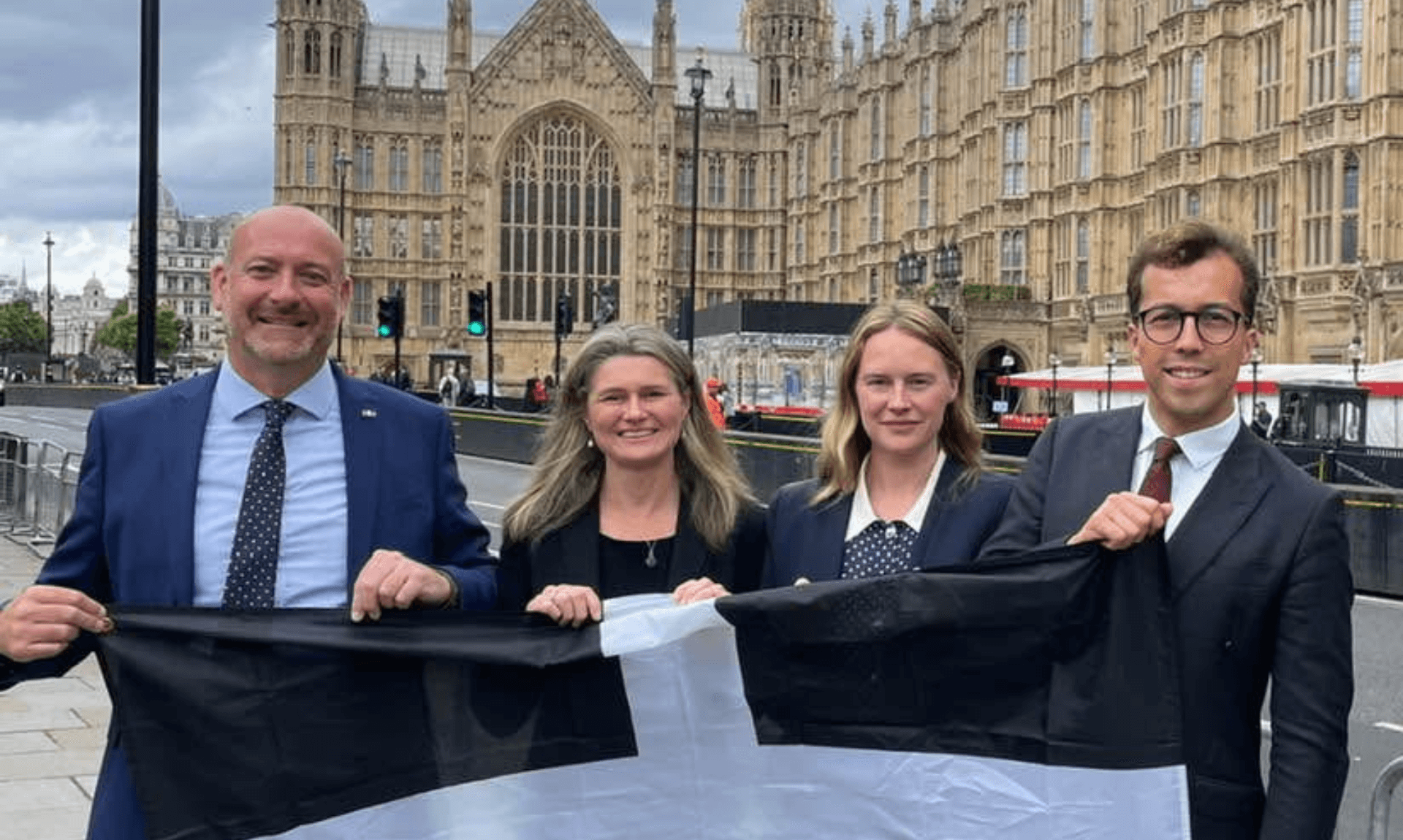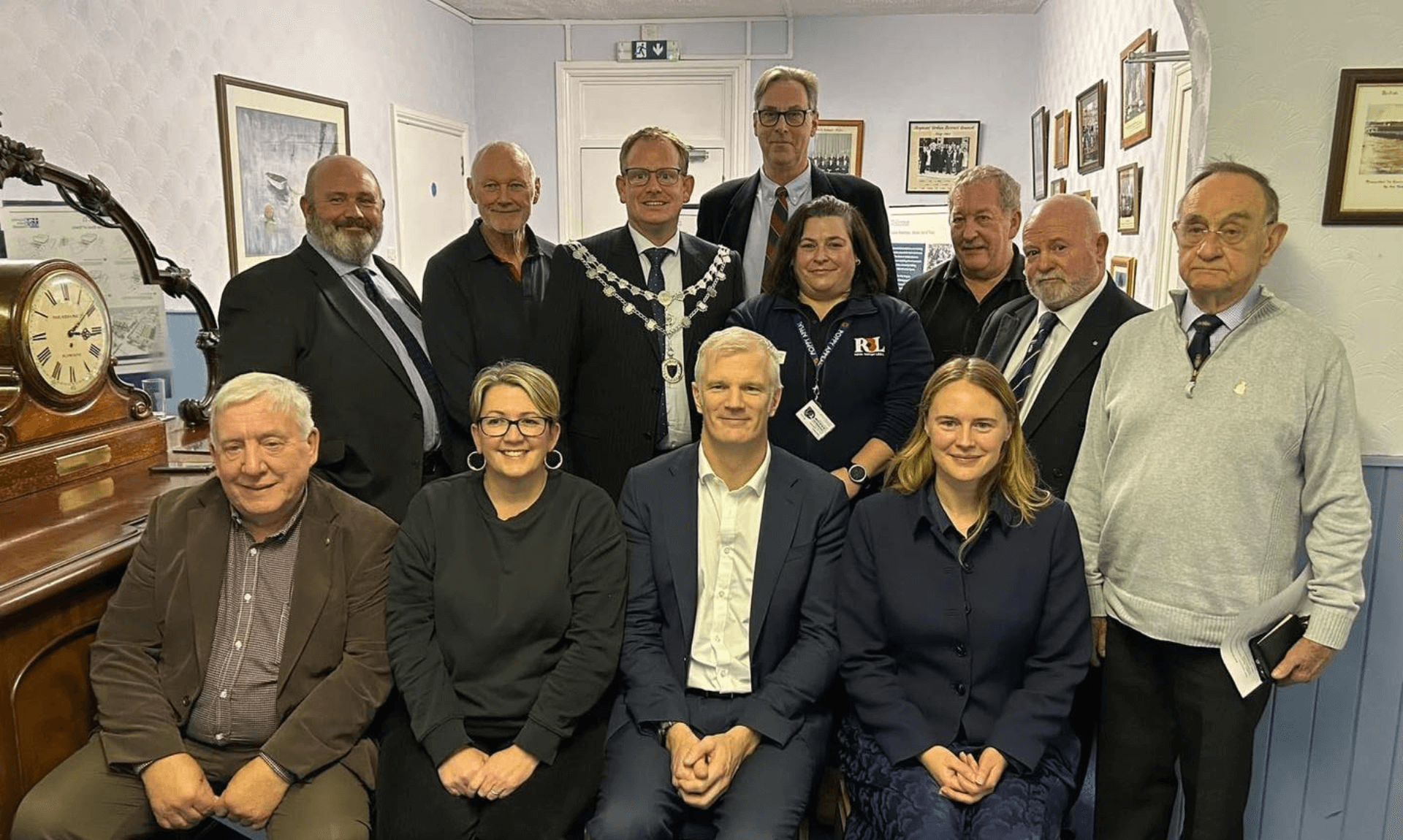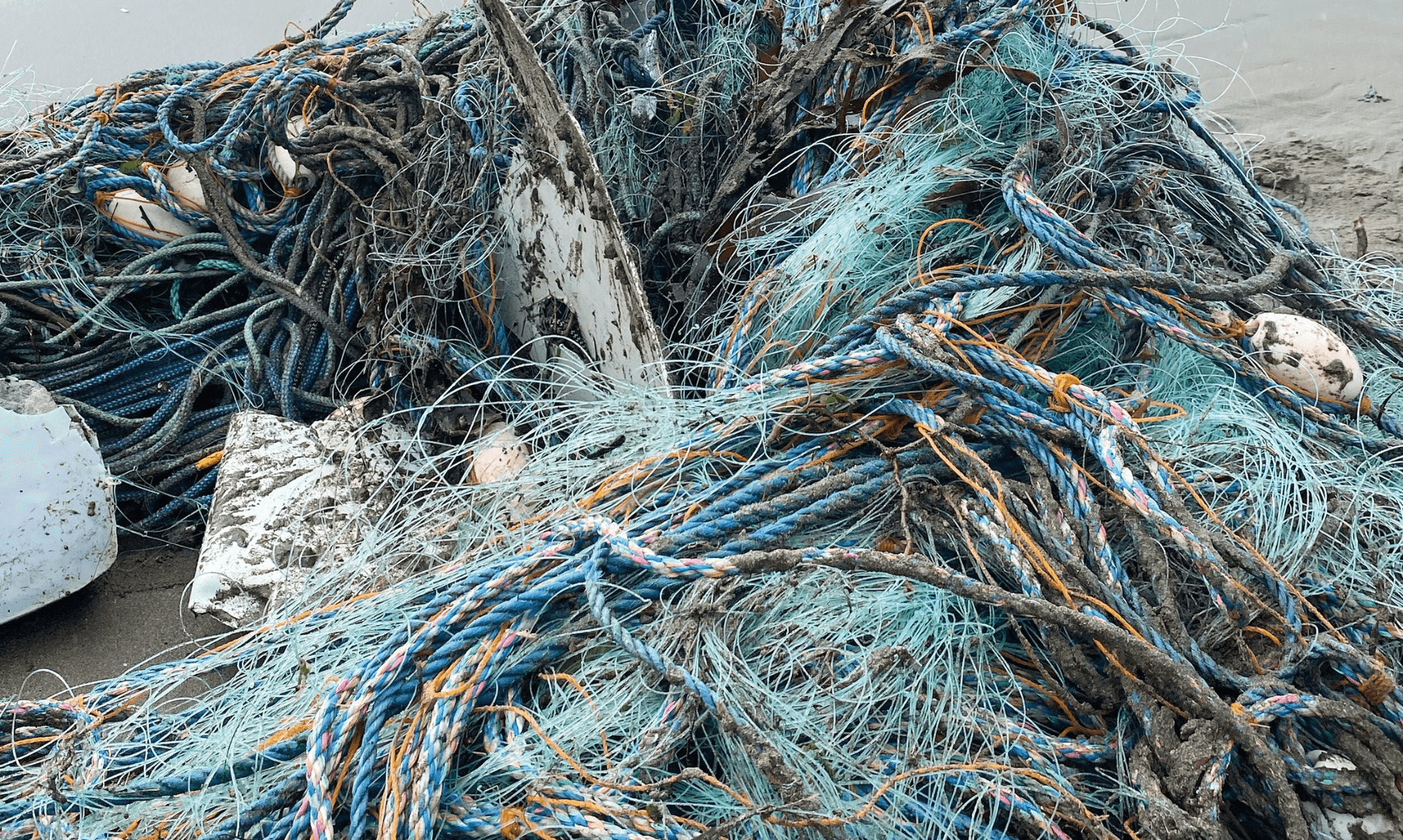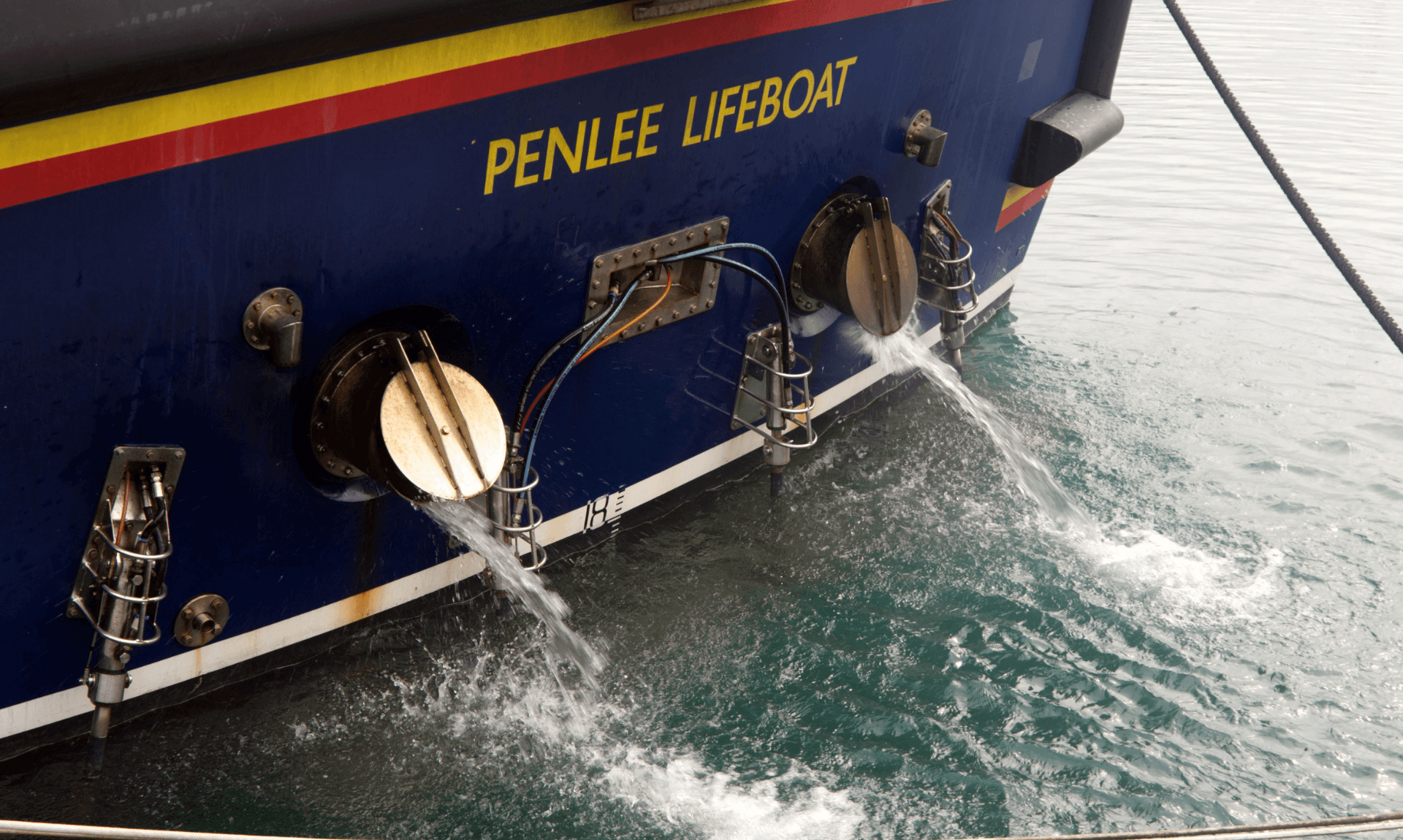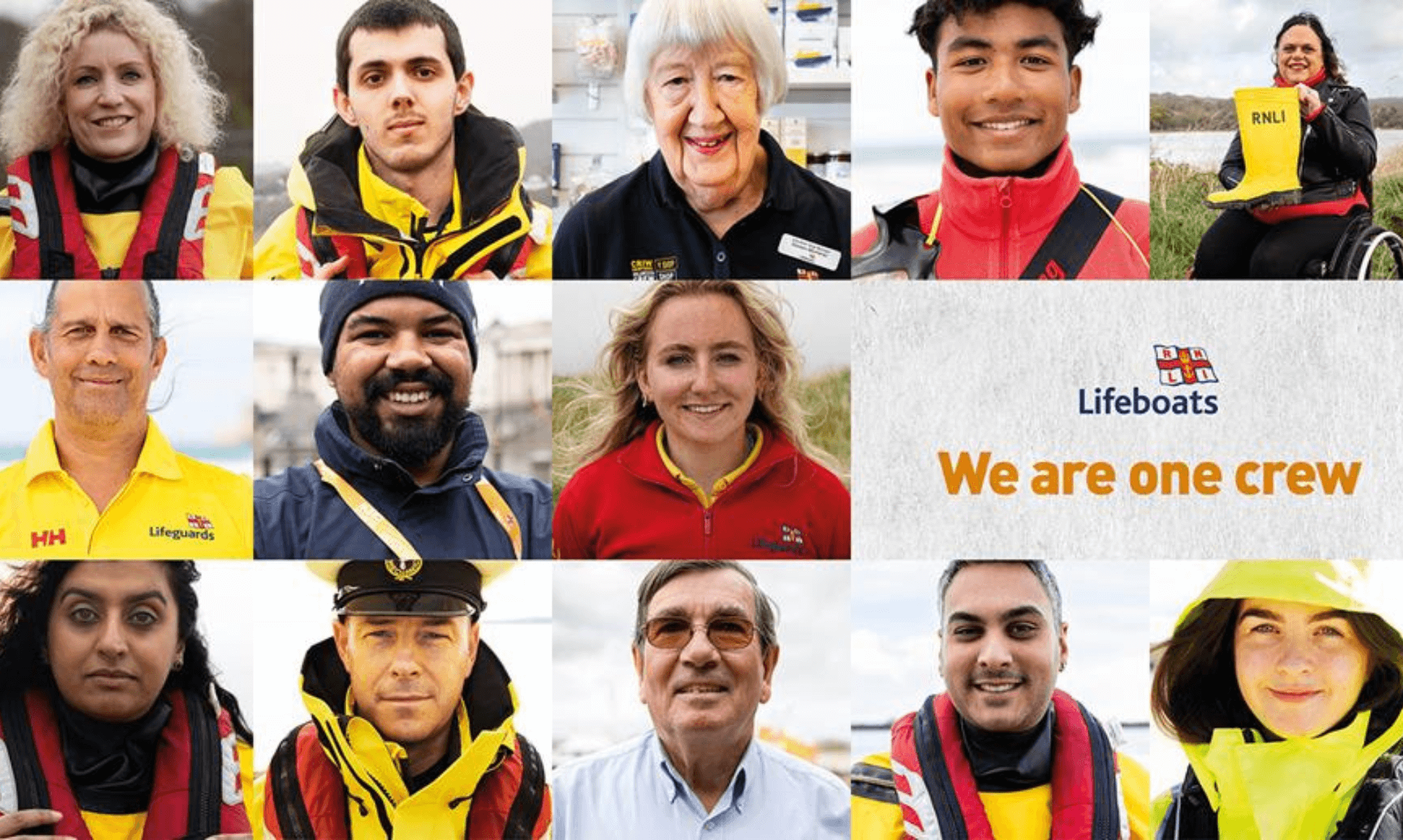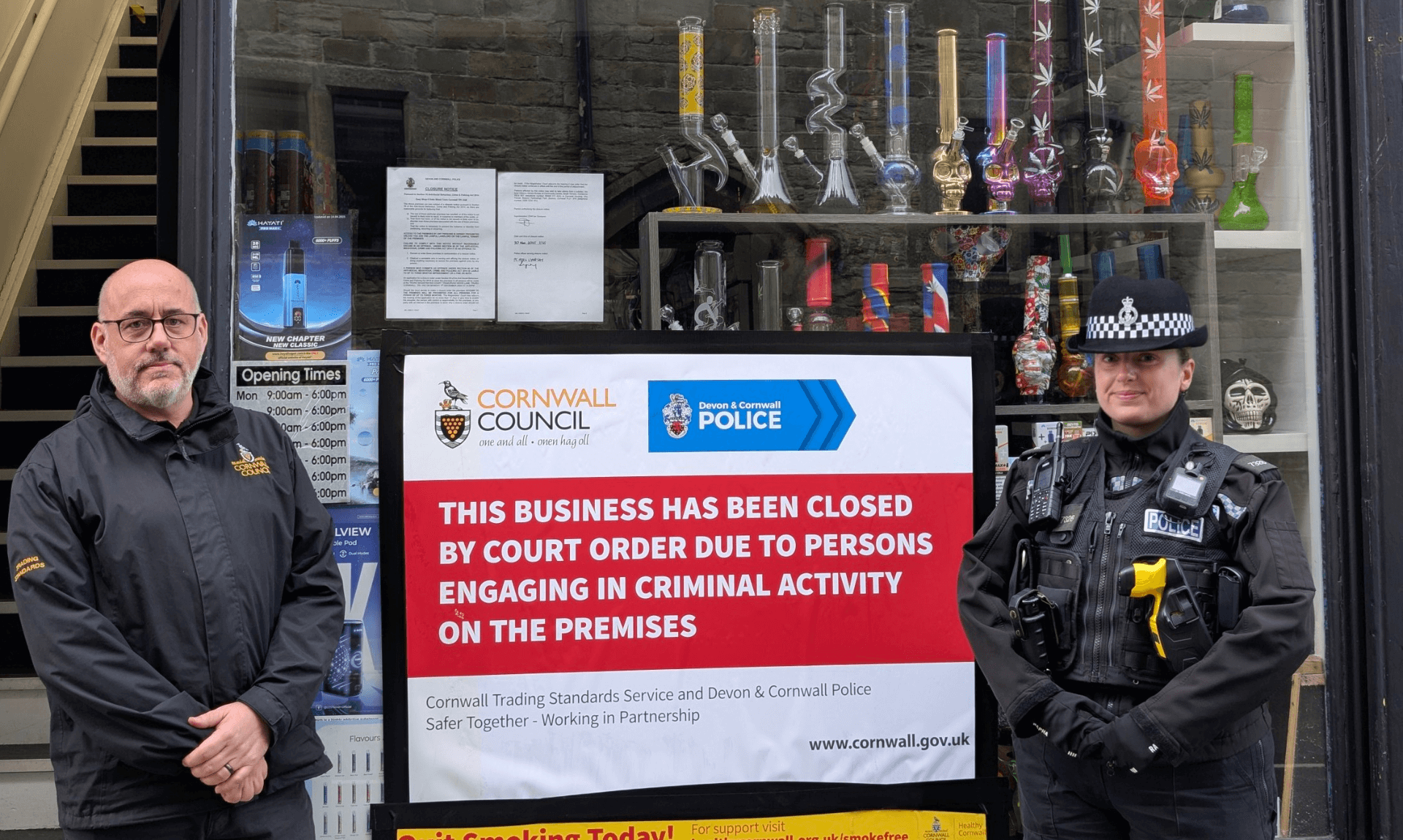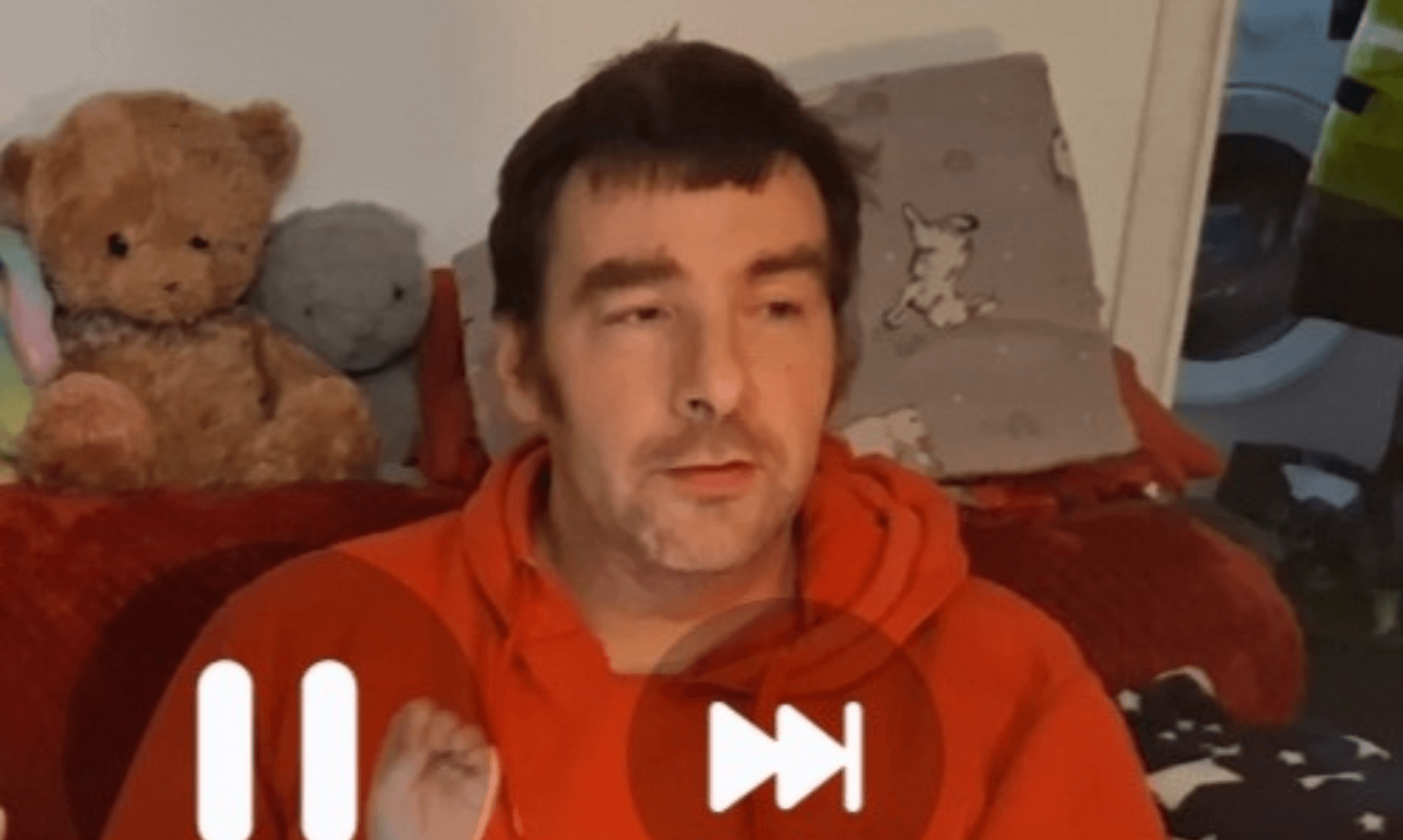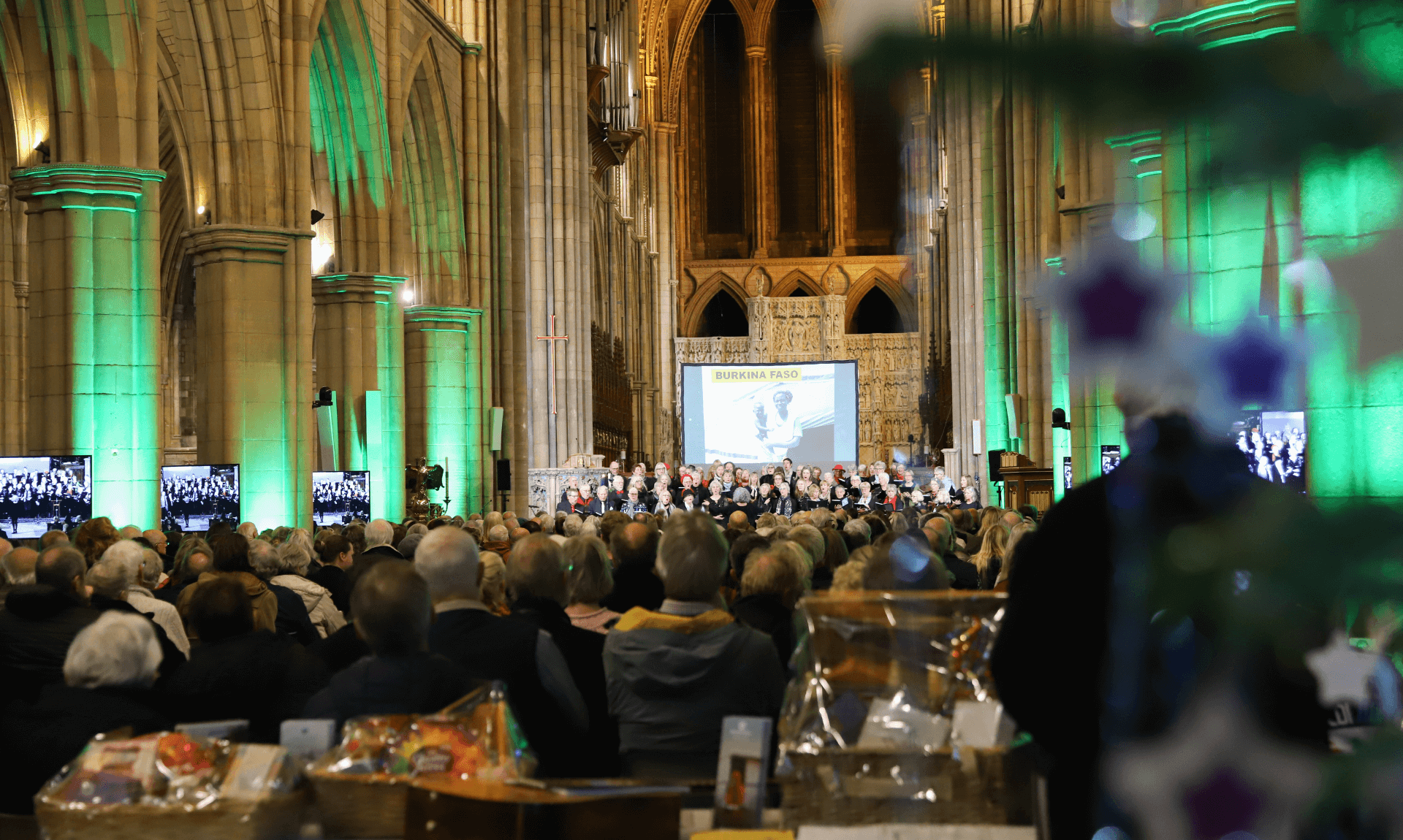Cornwall Studio Highlights the Internet’s Growing Carbon Footprint
If the internet were a country, it would be the 14th largest polluter on Earth. According to the Sustainable Web Manifesto, the web is now responsible for up to 3.8% of global carbon emissions, putting it on par with the aviation industry. Yet many UK businesses have no idea that their websites play a part in this environmental problem.
Cornwall Studio Shines Light on Digital Pollution
Papaya Studio, a digital design and development studio based in Newquay, Cornwall, is urging companies to think about the environmental cost of their websites. The team wants organisations to consider sustainability as part of their digital strategy and design choices.
According to the Website Carbon Calculator, the average web page produces around 0.36 grams of CO₂ per view. That means a website with 100,000 monthly visits generates roughly 430kg of CO₂ every year – the same as driving around 1,600 miles in an average petrol or diesel car, based on the UK Government’s 2025 greenhouse gas conversion factors.
Papaya Studio founder Nathan Hambling says people are often shocked by the cumulative effect:
“Even the smallest design improvements can dramatically change how much carbon is produced each time a website loads. On a low-traffic site this may feel insignificant, but once you scale to thousands or millions of visits, the impact becomes huge.”
How Websites Produce Carbon
Although websites might appear weightless, every page load triggers a chain of energy use. Data is stored on servers in energy-hungry data centres, transmitted through global networks, and displayed on user devices – all of which require electricity.
The more complex a site, the more energy it uses. High-resolution images, auto-playing videos and unnecessary scripts add invisible weight that drives up emissions with every click.
Nathan explains:
“That autoplaying video in the header might look harmless, but multiply it by a million users and you’ve suddenly created a very real carbon cost. When you start weighing every design decision by its carbon impact, you not only reduce emissions but usually end up with a faster, more user-friendly website.”
Low-Carbon Design is High-Performance Design
Papaya Studio has integrated sustainability into its design process, guiding clients towards greener hosting providers and practical tools such as independent carbon calculators. But the benefits aren’t just environmental.
“What excites us is the crossover between low-carbon websites and high-performance websites,” Nathan adds. “Low-carbon usually means faster load times. Every design decision is weighed up based on its carbon cost and whether it adds real value – and the end result is a website that’s both cleaner and quicker.”
He emphasises that digital sustainability is an ongoing journey. Not every platform allows the same level of control, but awareness and incremental improvements make a real difference.
Why Most Businesses Still Don’t Know
Despite growing discussions around sustainability, many of Papaya Studio’s clients are unaware of the issue. However, they quickly see the benefits once it’s explained.
“Clients don’t often come to us asking for a sustainable website,” Nathan admits. “But almost every client appreciates knowing that we use greener hosting options, wherever possible. More importantly, they love a site that’s fast and effective – which, by design, produces less carbon.”
Small Digital Choices, Big Environmental Impact
The environmental cost of the internet is often ignored, but the evidence is clear: small digital choices add up to big carbon impacts.
By adopting sustainable design practices, businesses can reduce emissions, speed up their websites, and improve user experience. As Papaya Studio argues, digital sustainability should no longer be seen as a niche option, but as part of responsible, future-focused web design.
Papaya Studio, founded in 2015, has grown from a one-person practice into a specialist team delivering websites, UX design, branding, and digital support for businesses across Cornwall and the UK. The studio continues to help organisations create digital experiences that are efficient, impactful and built to last.
Share This Story, Choose Your Platform!
To keep up with the latest cornish news follow us below
Follow CornishStuff on Facebook - Like our Facebook page to get the latest news in your feed and join in the discussions in the comments. Click here to give us a like!
Follow us on Twitter - For the latest breaking news in Cornwall and the latest stories, click here to follow CornishStuff on X.
Follow us on Instagram - We also put the latest news in our Instagram Stories. Click here to follow CornishStuff on Instagram.
You Might Also Be Interested In
Don’t Miss What’s Happening in Cornwall
Join others in Cornwall by receiving the latest daily news in Cornwall, sent direct to your inbox.


